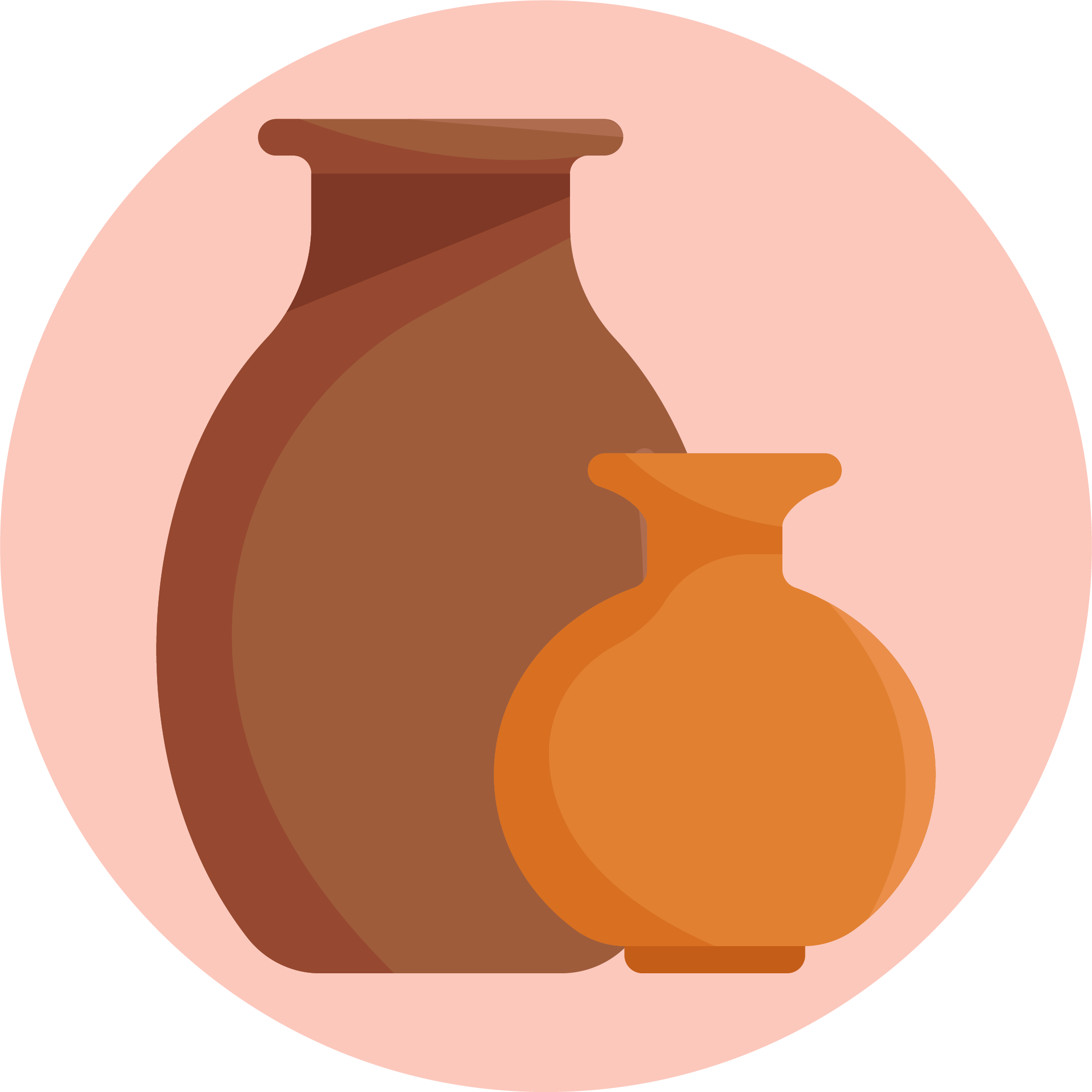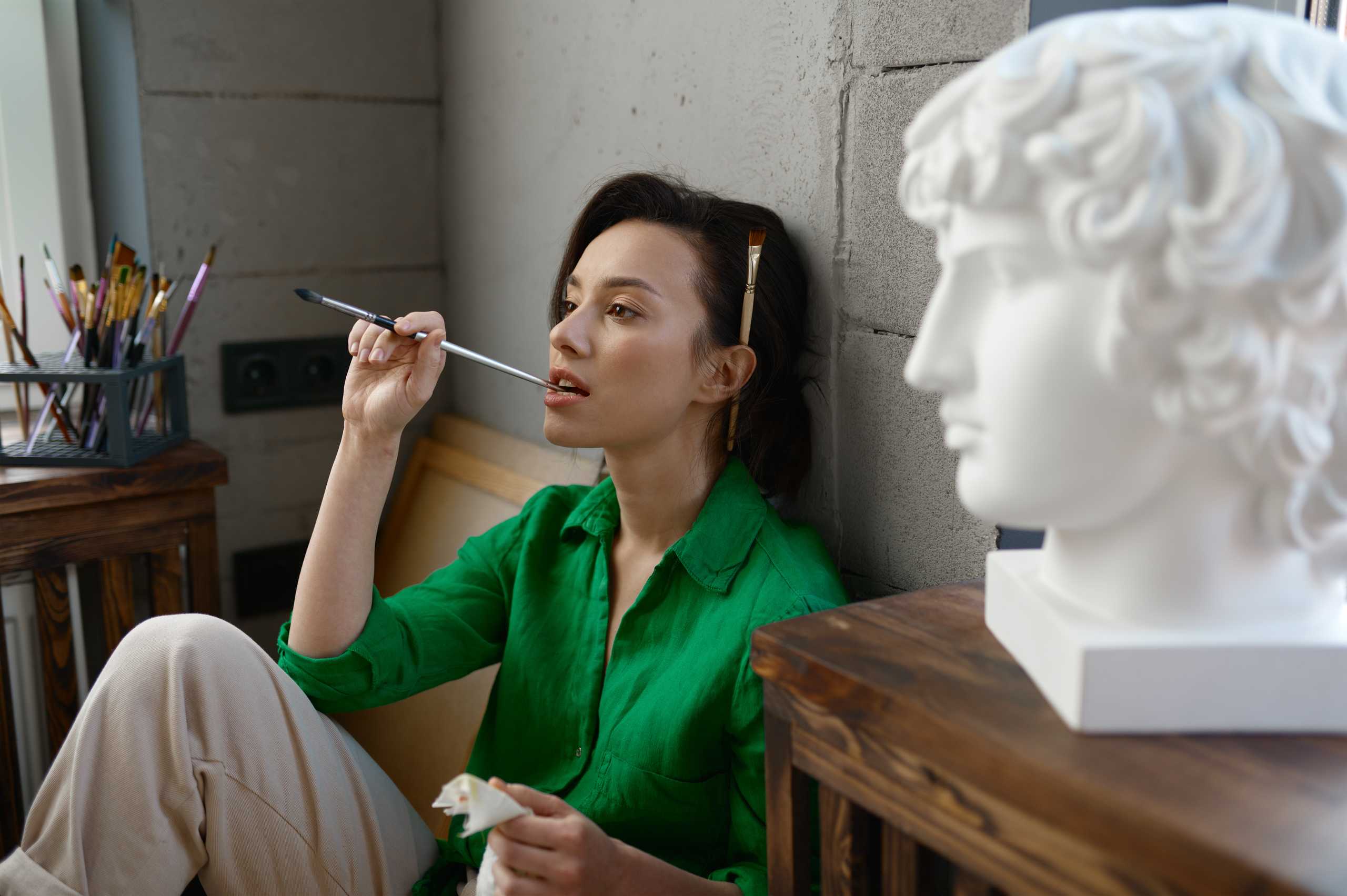Shaping Emotion: Sculpting as a Language of the Inner World
Long before words existed, humans carved symbols into stone to express what they felt. Sculpture has always been more than a technical skill — it’s a way to speak the unspeakable. The curve of a spine, the tilt of a head, the tension in fingers — they carry emotions words often cannot.
In the studio, when hands meet clay, something primal awakens. You’re not just shaping material — you’re translating your inner landscape into form.
When Feelings Guide the Hand
There are moments when planning disappears, and intuition takes over. You forget the rules. You stop measuring. Your hands begin to move with rhythm, guided by something inside — a memory, an ache, a longing.
This is not about skill. This is about honesty.
Sometimes the most powerful pieces come not from deliberate design but from emotional necessity. Anger roughens the texture. Joy lifts the shape. Grief creates weight. In this way, sculpture becomes a container for what the heart carries.
Form Carries Meaning
A tilted torso can express vulnerability. A clenched jaw suggests resistance. A broken edge might speak of trauma. These aren’t random forms — they are loaded with narrative.
Great sculpture doesn’t always aim to be beautiful. It aims to be true.
In our courses at Sculpt Sense Academy, we explore this connection. Students are invited to reflect before they sculpt — not on what they want to make, but on why. What needs to be said that words cannot say?
The Safe Place to Feel
The studio is not just a place of creation. It’s a space of emotional release. The act of working with the hands gives form to things you may not yet understand with the mind.
And unlike spoken conversation, sculpture doesn’t require clarity. You don’t need to explain. You just need to feel. Clay accepts what you offer — without judgment.
Many of our students describe sculpting as therapeutic. It becomes a ritual, a grounding practice, a way to return to the self.
Let the Work Speak
Not every sculpture needs to be shown or finished. Some are meant to be part of the process, not the product. What matters is that you allowed yourself to speak through shape.
So the next time you sit at your workspace, ask yourself: What do I feel — and how can I give it form?
Because sometimes, when words fail, hands know the way.

